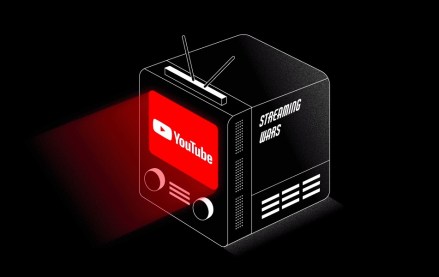Agencies can resolve conflicts with white-label solutions. Here’s how.

This article was written by Mike Caprio, GM of Sizmek Vantage & VP of Latin America
Since the rampant consolidation of the 1990s, agency holding groups have vacillated between coupling and decoupling their assets to capture the largest share of marketing dollars. One of the shrewdest tactics was creating a “conflict agency,” which allows the holding group to add a competing brand to its agency roster.
It’s not unusual for an agency that manages a major CPG brand, for example, to create a separate agency apparatus for pitching and managing a competing client. This is nearly always done with full disclosure to the brands, and teams are not permitted to share strategies with their competing agency brethren. In most cases, the arrangement is mutually beneficial. WPP, for one, has done this particularly well over the years.
However, as more dollars are moving to programmatic buying, agency holding company trading desks may be next in line for such a solution.
Why? Creative and media planning are no longer the only assets worth protecting. Some brands value their audience strategy and data greatly and don’t want it shared with competitors via a trading desk that handles accounts from multiple shops.
Some brands are fine with the situation as long as margins are transparent through a cost-plus model. But others feel it’s a conflict of interest for the holding company to “double-dip” — leveraging agency fees while also pocketing commissions, or taking AVB’s (Agency Volume Bonifications).
Resolving conflicts
This can put agencies in a bind with their clients. If you’re a holding company media agency, for example, and your client balks at using your associated trading desk, what do you do?
Option A: Forgo the programmatic spend and suggest a direct relationship with an outside technology partner.
Option B: Recommend an independent trading desk or network to your client.
Option C: Build your own trading desk.
All of these options come with risk and might require a strategic pivot, depending on your agency model.
Furthermore, options A and B include a noticeable third party sitting between you and your client, and may come at the expense of transferring valuable institutional knowledge. For many agencies, Option C is costly and demands expertise well outside their core competence.
The white-label solution
A fourth option exists — one that preserves the direct client relationship. Hire a “white-labeled” trading desk to serve as your proxy without conflict.
Even if you endeavor to one day create your own trading desk, this could be a good intermediate step, if your partner is willing to transfer knowledge when the engagement changes from full- to self-service.
Regardless of which option you choose, it’s vital to be prepared should a client become concerned with your current trading desk model. It’s better to recommend a solution on your terms than to have one forced on you.
More from Digiday

Future of TV Briefing: How the future of TV shaped up in 2025
This week’s Future of TV Briefing looks back at the top topics and trends that overtook the TV, streaming and digital video industries in 2025.

Lowe’s wants to do more with AI shopping in 2026
Mylow, a shopping assistant powered by ChatGPT that launched in March, is already driving double the conversion rate for online shoppers.

‘This isn’t the old pre-roll world’: YouTube has been talking TV — now it’s selling that way
YouTube is ramping up efforts to get TV’s largest advertisers to move more of their budget into its platform.





